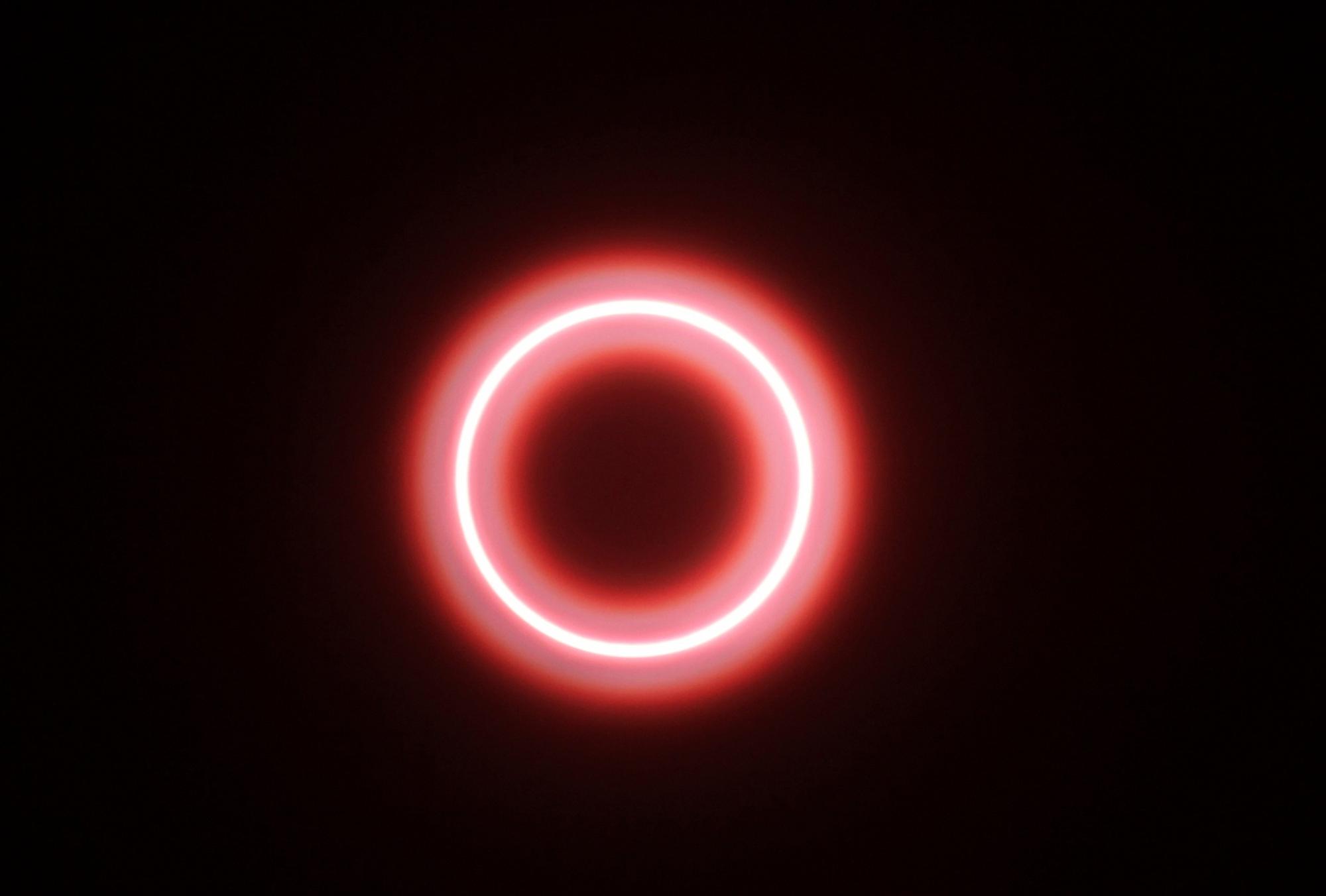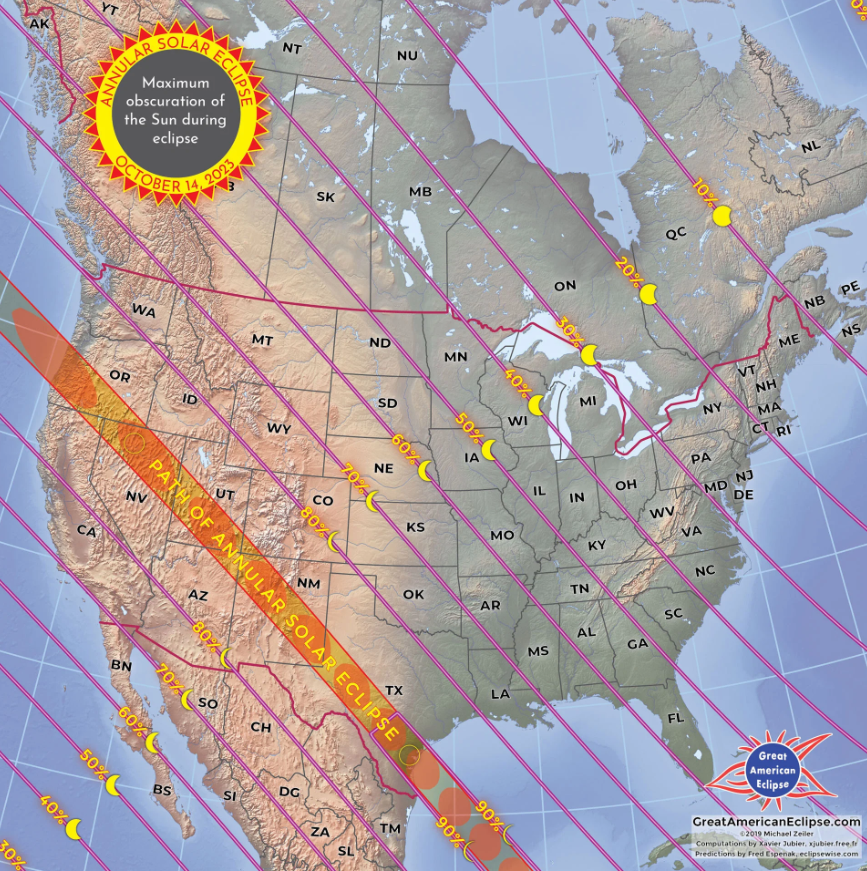
Mid-September usually marks the end of the busy season for the Cozy Inn in Cortez. But this year, front desk staff are still getting a half-dozen calls a day.
Most are looking for rooms in mid-October when an annular solar eclipse will be visible from Colorado’s Four Corners region.
“Our 28 rooms are fully booked,” said Stephen Ray Herrera, Cozy Inn’s manager. “I’m shocked. It would normally be pretty dead.”
Herrera’s and other hotels are seeing an influx of bookings ahead of the Oct. 14 eclipse. The spectacle – when the moon passes directly between the Sun and Earth – will be the first one visible from the United States since 2017’s total eclipse.
Large crowds are expected to swarm the region, where the path of annularity will pass over around 10:30 a.m. that Saturday. Cities like Dolores, Cortez and Dove Creek will get a full view.
Nearby Durango and the rest of Colorado will see a partial eclipse, according to NASA.

Here’s what you should know about the rare event.
What is an annular solar eclipse?
This type of eclipse happens when the Moon passes between the Earth and Sun while at its farthest point from Earth. The last time the United States saw one was in 2012.
Due to its distance from our planet, the Moon appears as a dark disk that’s smaller than the sun. The shadow it casts over the Earth creates a “ring of fire” effect in the sky. This peak lasts about 4 minutes.
Where exactly can you see it?
Communities southwest of Durango will get a full view of annularity, when the Moon appears to be at the exact center of the sun. Check out this video for a detailed picture of which cities the shadow will cross. The list includes Cortez, Dolores and Dove Creek.
Fly with the Moon's Shadow over Colorado during the Annular Solar Eclipse of October 14, 2023 from Great American Eclipse on Vimeo.
Viewing events are popping up ahead of the eclipse, including at Mesa Verde National Park. The NPS and NASA are teaming up to host educational seminars and offer space for visitors to park their cars during the event.
The national park will host viewing events at the Chapin Mesa Museum, the Far View Parking Lot and the Morefield Campground Amphitheater. Campsites are available, but will likely sell out. The park will have limited parking, according to its website.
Staff will pass out special eclipse glasses while supplies last, which protect your eyes from harmful rays. Filters in eclipse glasses should meet special certifications.
Reservations aren’t needed to enter Mesa Verde, but visitors still have to pay the regular park entrance fee. NPS is expecting at least 6,000 people, said Eric Sainio, a park ranger.
“It’s going to be really cool,” Sainio said. “But be expected to be patient with traffic and arrive early.”
A potential federal government shutdown may affect what park services are available, including for the eclipse watch events. Visitors should check the NPS website for the latest information.
Four Corners Monument will close for cultural reasons.
The Four Corners Monument, where the borders of Colorado, Arizona, New Mexico and Utah meet at a single point, will be closed from 8 a.m. to 1 p.m. on the day of the eclipse.
That closure is to accomodate the needs of the Navajo Nation, which manages the popular site. The Navajo people consider eclipses sacred events. They do not work, leave their homes or even observe them.
Do you need glasses to view it safely?
Yes, experts recommend wearing eclipse glasses throughout the event to protect your eyes.
Will other parts of Colorado see the eclipse?
While the full eclipse path will clip just the southwest corner of the state, the rest of Colorado will get a glimpse at a partial eclipse the morning of Oct. 14.
When will the next eclipse in Colorado happen?
The next total solar eclipse will cross through Colorado in 2048.
If you can’t catch this year’s eclipse, you can travel east to view one on April 8, 2024. That total eclipse will pass northeast from Mexico, across Texas and up into the country’s northeast. Major cities in the path will include Austin, Dallas and Indianapolis.








